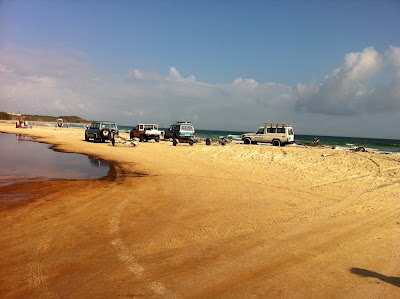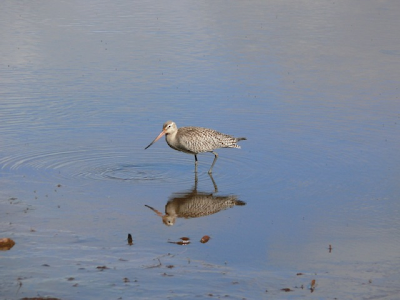December 2011 Newsletter
Happy Holidays and Season’s Greetings to all Friends of Stradbroke Island! Friends of Stradbroke Island Dec 2, 5:38 PM The FOSI Committee thanks you for your support in 2011 and looks forward to working with you in 2012 to preserve our beautiful island. Is your newsletter still arriving by post? If you’d prefer to receive it by email, please send your email address to Edith McPhee at emcphee@westnet.com.au. Thank you. Check out our new blog! This edition and new stories will be posted to http:// Read more… Spring Wildflowers Friends of Stradbroke Island Dec 2, 5:37 PM The spring wildflowers depicted below were photographed growing alongside the Blue Lake Track in September 2011 by Gail Quinn and Mary Barram. Forest boronia Guinea flower (hibbertia salicifolia) Phyllota phillicodes Agiortia pedicellata Read more… Big picture protection Friends of Stradbroke Island Dec 2, 5:35 PM There are numerous threats to waders...








